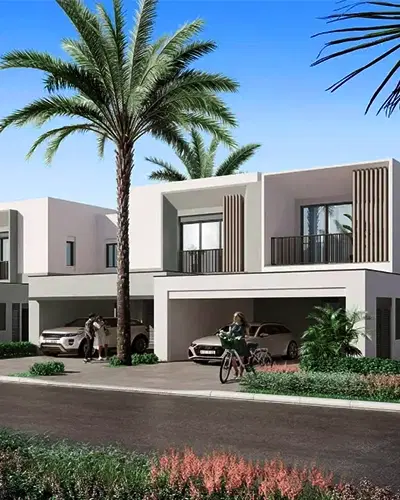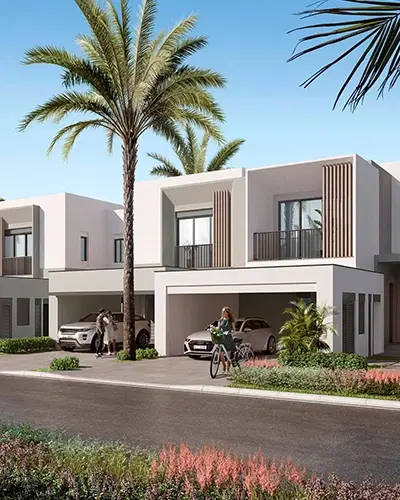Historical Origin Of Jebel Ali Village
Let's explore Jebel Ali Village's past in greater detail, following its antecedents and historical development.
Although no such recorded proof has been discovered, many Arab historians say that it was named for Ali, Muhammad's cousin and son-in-law, who stood on a hill and looked out towards the sea as the Islamic Caliphate expanded. Arabic for "Jebel" is "mountain" or "hill." This indicates that the settlement may have existed before Dubai's modernization.
Due to the elevated ground, Overseas AST began building Dubai's first communications station in the Jebal Ali region in 1968. It was put into service in 1970 and provided the country with its first telecommunications links to the rest of the globe.
Jebel Ali Village was built in the 70s, and it's thought that the people related to its building lived there. Thus the village of Jebel Ali grew. Later, Sheikh Rashid Bin Saeed Al Maktoum intended to transform Jebel Ali Village into an industrial district with a port, township, and airport.
But the village suffered hard times when Gulf Air Flight 771 crashed near Jebel Ali on September 23, 1983, killing all 112 passengers and crew.
In 1985 again the village started gaining momentum through government intervention when it was declared as a Free zone.
By 2008, work had started on the reconstruction of Jebel Ali village. This Village, which had a few abandoned villas that were supposed to be built in a different design, is going to see the construction of a large number of commercial and retail buildings, community facilities, and parks. The project was, however, shelved due to Dubai suffering greatly from the 2008–2009 global financial crisis.
Later in 2013, a well-known developer in Dubai's real estate sector named Nakheel disclosed plans to build opulent villas in place of the lonely homes in Jebel Ali Village. More recently, in 2021, it was revealed that Nakheel Properties would renovate the hitherto remote Jebel Ali Village to make way for luxury homes.







